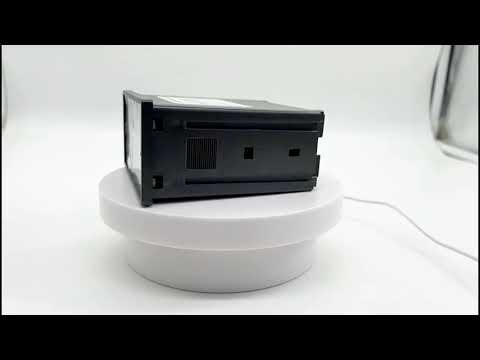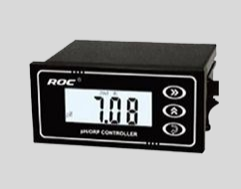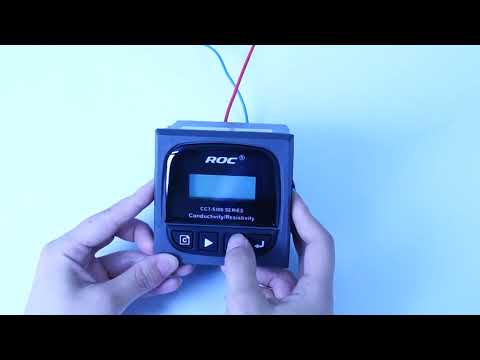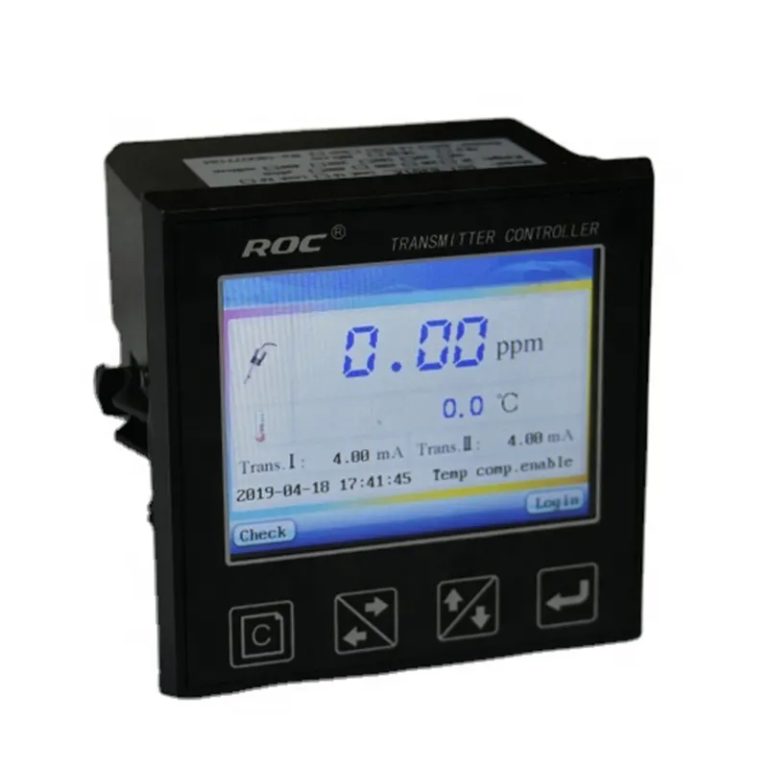Table of Contents
Exploring the Functionality of Arduino Oxygen Analyzer
The Arduino Oxygen Analyzer is a remarkable piece of technology that has revolutionized the way we measure and monitor oxygen levels in various environments. This device, which is based on the Arduino platform, is a testament to the power of open-source hardware and software. It is a versatile tool that can be used in a wide range of applications, from scientific research to industrial processes, and even in healthcare settings.

The Arduino Oxygen Analyzer works by utilizing an oxygen sensor, which is a type of gas sensor that can detect and measure the concentration of oxygen in its environment. The sensor is connected to an Arduino board, a microcontroller-based kit for building digital devices and interactive objects that can sense and control the physical world. The Arduino board processes the data from the sensor and converts it into a format that can be easily understood and utilized.
The oxygen sensor used in the Arduino Oxygen Analyzer is typically an electrochemical cell, which operates on the principle of reduction and oxidation reactions. When oxygen molecules come into contact with the sensor, they are reduced, and this reduction process generates an electrical signal. The strength of this signal is directly proportional to the concentration of oxygen in the environment. This signal is then read by the Arduino board, which uses its built-in analog-to-digital converter to transform the analog signal into a digital one.
The Arduino platform is known for its flexibility and ease of use, and these qualities are evident in the Arduino Oxygen Analyzer. The device can be programmed to perform a variety of tasks, such as continuous monitoring of oxygen levels, data logging for later analysis, or triggering an alarm when oxygen levels fall below a certain threshold. The Arduino software, which is also open-source, provides a user-friendly interface for programming the device and interpreting the data it produces.
One of the key advantages of the Arduino Oxygen Analyzer is its potential for customization. Because both the hardware and software are open-source, users can modify the device to suit their specific needs. For example, they can use different types of sensors to measure other gases, or they can add additional features such as a display screen or wireless connectivity. This flexibility makes the Arduino Oxygen Analyzer a powerful tool for researchers, engineers, and hobbyists alike.
In addition to its versatility, the Arduino Oxygen Analyzer is also notable for its affordability. Traditional oxygen analyzers can be quite expensive, putting them out of reach for many individuals and small organizations. In contrast, the Arduino Oxygen Analyzer can be assembled for a fraction of the cost, making it accessible to a much wider audience.

In conclusion, the Arduino Oxygen Analyzer is a powerful, versatile, and affordable tool for measuring and monitoring oxygen levels. Its open-source nature allows for a high degree of customization, and its user-friendly interface makes it accessible to users of all skill levels. Whether you’re a scientist conducting research, an engineer monitoring industrial processes, or a hobbyist exploring the world of DIY electronics, the Arduino Oxygen Analyzer is a tool worth considering.
Innovative Projects: Building an Oxygen Analyzer with Arduino
The world of technology is constantly evolving, and one of the most exciting areas of development is in the field of Arduino-based projects. Arduino, an open-source electronics platform, has become a popular tool for hobbyists, students, and professionals alike due to its user-friendly hardware and software. One of the most innovative projects that have emerged from this platform is the Arduino oxygen analyzer.
An oxygen analyzer is a device that measures the concentration of oxygen in a gas mixture. Traditionally, these devices have been used in a variety of industries, including healthcare, environmental monitoring, and industrial processes. However, with the advent of Arduino, it has become possible for individuals to build their own oxygen analyzers at a fraction of the cost of commercial devices.
| CCT-5300 | |||||
| Constant | 10.00cm-1 | 1.000cm-1 | 0.100cm-1 | 0.010cm-1 | |
| Conductivity | (500~20,000) | (1.0~2,000) | (0.5~200) | (0.05~18.25) | |
| μS/cm | μS/cm | μS/cm | MΩ·cm | ||
| TDS | (250~10,000) | (0.5~1,000) | (0.25~100) | —— | |
| ppm | ppm | ppm | |||
| Medium Temp. | (0~50)℃(Temp. Compensation : NTC10K) | ||||
| Accuracy | Conductivity: 1.5%(FS) | ||||
| Resistivity: 2.0%(FS) | |||||
| TDS: 1.5%(FS) | |||||
| Temp.:±0.5℃ | |||||
| Temperature compensation | (0~50)℃ with 25℃ as Standard | ||||
| Analog Output | Single isolated(4~20)mA,instrument/transmitter for selection | ||||
| Control Output | SPDT relay, Load capacity : AC 230V/50A(Max) | ||||
| Power Supply | CCT-5300E : DC24V | CCT-5320E : AC 220V±15% | |||
| Working Environment | Temp. (0~50)℃;Relative Humidity ≤85%RH(none condensation) | ||||
| Storage Environment | Temp.(-20~60)℃; Relative Humidity ≤85%RH(none condensation) | ||||
| Dimension | 96mm×96mm×105mm (H×W×D) | ||||
| Hole Size | 91mm×91mm (H×W) | ||||
| Installation | Panel mounted, fast installation | ||||
The Arduino oxygen analyzer is a testament to the versatility and power of the Arduino platform. It utilizes an oxygen sensor, which is a type of gas sensor that can detect the presence and concentration of oxygen. The sensor is connected to the Arduino board, which processes the data from the sensor and converts it into a readable format. The Arduino board can then display the oxygen concentration on a screen or send it to a computer for further analysis.
Building an Arduino oxygen analyzer requires a basic understanding of electronics and programming. The first step is to connect the oxygen sensor to the Arduino board. This is typically done using a breadboard, which is a device that allows for the creation of temporary circuits without the need for soldering. Once the sensor is connected, the next step is to program the Arduino board to read the data from the sensor.
| Model | CM-230S Ecomonical conductivity monitor |
| Range | 0-200/2000/4000/10000uS/cm |
| 0-100/1000/2000/5000PPM | |
| Accuracy | 1.5%(FS) |
| Temp. Comp. | Automatic temperature compensation based on 25℃ |
| Oper. Temp. | Normal 0~50℃; High temp 0~120℃ |
| Sensor | Standard:ABS C=1.0cm-1 (others are optional) |
| Display | LCD Screen |
| Zero Correction | Manual correction for low range 0.05-10ppm Set from ECO |
| Unit Display | uS/cm or PPM |
| Power | AC 220V±10% 50/60Hz or AC 110V±10% 50/60Hz or DC24V/0.5A |
| Working Environment | Ambient temperature:0~50℃ |
| Relative humidity≤85% | |
| Dimensions | 48×96×100mm(H×W×L) |
| Hole Size | 45×92mm(H×W) |
| Installation Mode | Embedded |
The programming aspect of the project involves writing code in the Arduino programming language, which is a simplified version of C++. The code tells the Arduino board how to interpret the data from the oxygen sensor and how to display the results. This can be as simple as displaying the oxygen concentration on a screen, or as complex as sending the data to a computer for further analysis.
One of the key benefits of building an Arduino oxygen analyzer is the ability to customize the device to suit specific needs. For example, the device can be programmed to sound an alarm if the oxygen concentration falls below a certain level. This could be particularly useful in healthcare settings, where monitoring oxygen levels is crucial.
In conclusion, the Arduino oxygen analyzer is a prime example of how Arduino is revolutionizing the world of DIY electronics. It demonstrates how individuals can leverage the power of Arduino to create sophisticated devices at a fraction of the cost of commercial products. Moreover, it showcases the potential of Arduino as a tool for innovation and creativity. Whether you’re a hobbyist looking for a new project, a student seeking to learn more about electronics, or a professional in need of a cost-effective oxygen analyzer, the Arduino oxygen analyzer is a project worth considering.






